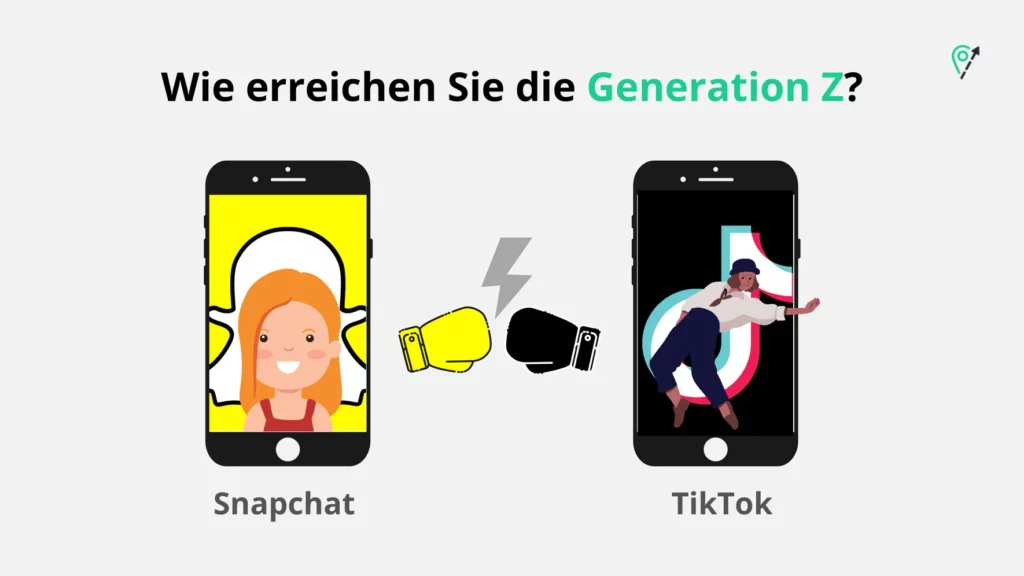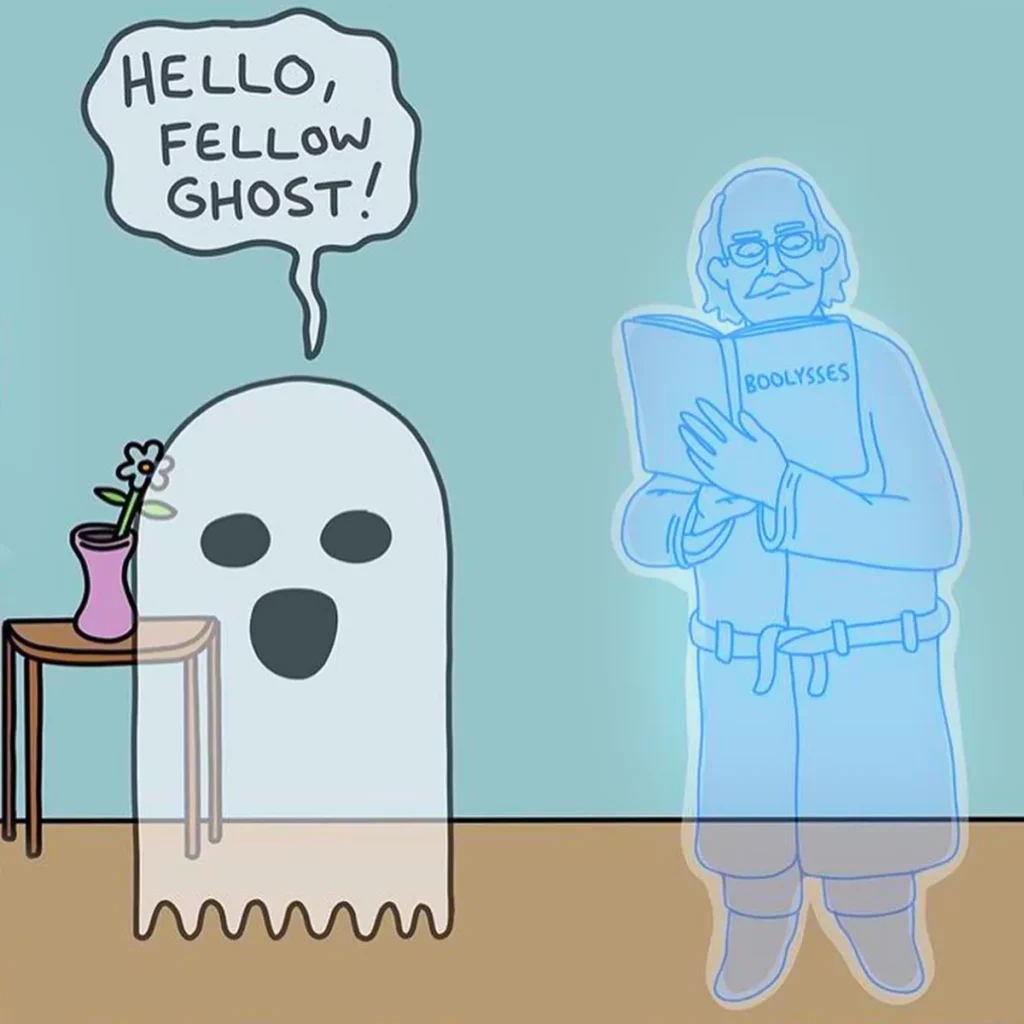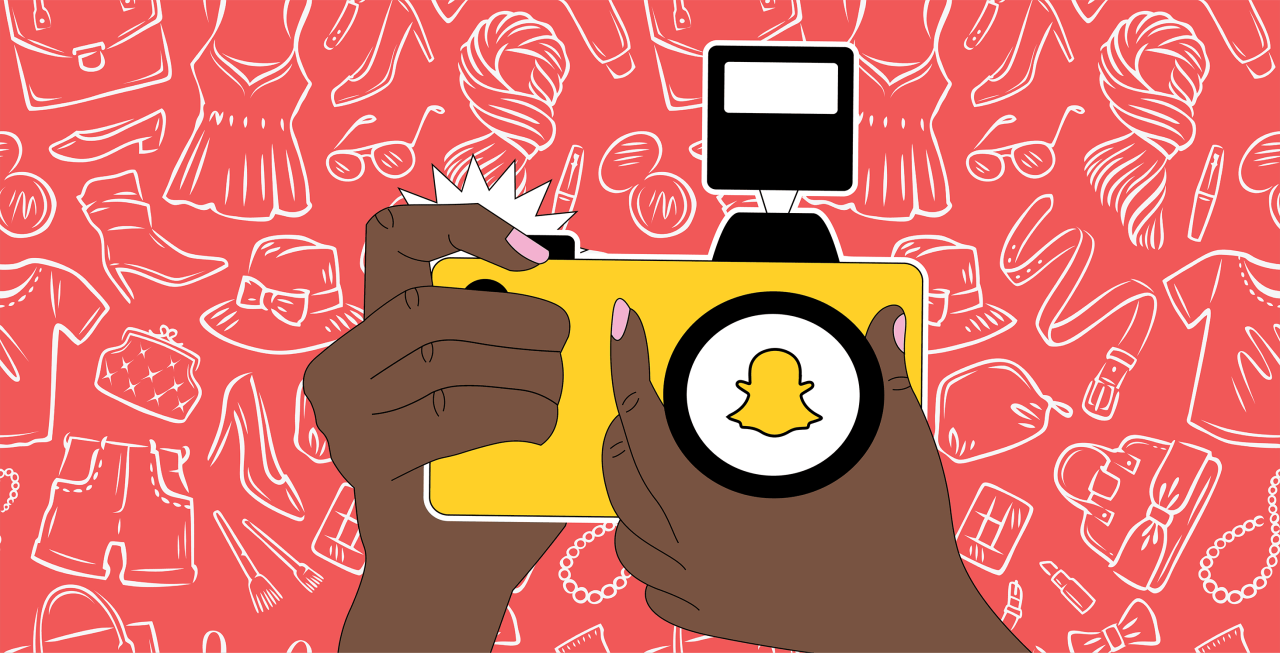In all my years, I have never seen a social media application blow up and fade quite as fast as Snapchat. Back when it first came out in 2011, Snapchat became one of the hottest things for quite a few years. As of 2012, 52 snaps were being sent per second. For comparison, the average person’s heart beats once every second. If your heart were beating at the rate at which snaps were being sent, you’d die of a heart attack. So, don’t underestimate the power of Snapchat from its heyday.
But you may have noticed that… Nobody brings it up anymore. It’s not the focal point of many conversations. You’ll still find lots of people, especially in their old age, using Facebook. Most millennials would be using Instagram for pictures. TikTok exists for short-form videos, and YouTube for long-form videos. Snapchat’s main innovation has been disappearing pictures and videos that one can send to friends (which you can also do on WhatsApp as well) and Snapchat streaks, of course.
It doesn’t help that Snapchat has faced its fair share of controversies and privacy-related concerns. Some of these controversies have been related to the app’s alleged harm to children. However, despite that, Snapchat still has an active monthly user base. Currently, their active base is 900 million users per month, which is nothing to scoff at.
This all raises the pertinent question. Does Gen Z still use Snapchat? If the answer is yes, is it their most-used platform? What do they get out of it, and why do they use it in the first place? Let’s find out, shall we?
Table of Contents
The Psychology Behind Gen Z’s
Now you may be wondering why we’re doing a psychoanalysis for Gen Z in an article relating to Snapchat, but hear us out. If there’s one thing that everyone knows about Gen Z kids, it’s that they’ve got short attention spans. And we’re not saying this to demean our Gen Z audience, mind you. It’s just that that’s the way things are these days in our hyper-consumer-focused landscape.
With the advent of TikTok, short-form content has become something of a greater fixation in the social media zeitgeist. Part of the reason for it is due to a shortage of time in people’s lives. Nobody wants to sit down and watch a 2-hour-long video essay on why birds’ vocal cords work the way they do. Everybody wants to get their facts in nice, bite-sized chunks. Some could call all of this slop, but for many young people, it’s an easy thing to put on in the background while they study or engage in other activities.
In that regard, Snapchat should be no different. From the get-go, it’s a social media platform geared towards friends within the social group and a large following alike. Its whole marketing schtick is “You have to be there.” With its disappearing reels and pictures, it’s the perfect platform for today’s set-it-and-forget-it media landscape. Of course, you’d think that would shine through into Snapchat’s demographics. Right?

A Snapshot of The Data
If you want to know how much something is being used, you’ve got to break down the data first. And of course with that comes the dreaded “statistics,” but don’t worry, we’re not really here to burden you with all of the details. Our goal is to simply assess the key points of the data and then compare it with Snapchat’s contemporaries to give you the definitive answer on whether or not the social media platform is still “hip” and “with it.”
Among Snapchat’s 400 million monthly users, around 38.1% of the user base is aged between 18 and 24. That’s still effectively the Gen Z crowd, mind you, and doesn’t account for all of the younger people in Snapchat’s audience. But to break it down further, around 152 million+ people who use Snapchat are of the Gen Z crowd. That’s a sizeable number of people, of course. And if you were to only look at those numbers, you’d think that’s all there is to it. But the story really doesn’t end there.
For starters, you can’t just look at the data in a vacuum. It needs to be understood from the perspective of Snapchat amongst a sea of other competitors. The platform’s main source of competition right now is plentiful. But it’s mainly Meta’s Instagram and TikTok. TikTok in particular is the leading combative force against Snapchat since it has an identical purpose without the hassle of disappearing messages.
If you thought the 800 million daily users Snapchat sits on is worthwhile, you’d be surprised to know that as of 2025, TikTok has a monthly user base of 1.5 billion people. Instagram also has a user base of 2 billion users monthly. To say Snapchat is cutting it close would be an overestimation of its capabilities. That’s because TikTok is still a relatively new platform, and it still has a lot to show in the long run.
According to some statistics, Snapchat is more widely used by Gen Z in the US than TikTok. But that’s the US only; Snapchat has always been a US-based brand, so its dominance on home base isn’t surprising. But globally, it can’t compete with TikTok. And there are reasons for this so-called downfall.
Social Media Influence
Since its inception, social media has had quite the influence on how people, especially in the Gen Z crowd, behave. People’s habits have started to completely warp around social media. These changes in habit can range from what they wear to what media they consume and, above all else, who they follow. So let’s take a dip into the influence of social media on Gen Z’s relationship with Snapchat.
Follow the Leader
The main goal of any celebrity is to cultivate a strong following. In having an audience, you effectively have a group of customers amongst whom you stand as the brand image. Before social media apps, the main way to gain such a following was either through politics or films. But now anybody with a camera and an appealing personality can garner a following whenever and wherever. And where the leader is, the followers will soon join suit.
Social media influencers function as trendsetters. They are the magnet to which people will gather. And to gain followers, you need to be in a place where you’re visible. The main platforms you can gain said visibility on are, of course, the usual: YouTube, Twitch, Instagram, and TikTok. But you can’t garner a following on Snapchat.
The thing about Snapchat is that it functions on a blink-and-you’ll-miss-it mentality. It’s great if you want people to come and get a sneak peek at something or for some interesting marketing strategies, but it will never (in its current state) be the place where one goes to start a following. This leads to the dilemma of branching out to an audience in a meaningful manner.
Community Outreach
Social media influence prides itself on one thing, and that’s community. Community is the most integral part of social media influence because it’s what keeps a following together. People only stick around when they have a shared space of creative ideas that everyone bounces off of. Snapchat doesn’t really have that as well. If you go to TikTok, you get that community, and they always have a boatload of content to judge you off of. Nobody has to worry about the lack of permanence.
And to top it off, Gen Z values their shared spaces. Wherever you go, you’ll find small pockets of youth on social media coming together on their shared interests and hobbies. Snapchat is good if you have a group of friends you want to send a quick moment to. But it’s not something that’ll keep the ball rolling for everyone.

The Lack Of Discussion
One of the driving forces for the downturn of any platform is a lack of discussion. Social media platforms encourage discussion. The only reason X (formerly Twitter) still manages to keep going in spite of it all is because people love to talk to one another.
It all ties back into that idea of community. Communities sit down and talk to one another, in groups and as individuals. And Snapchat does invite discussion. But it doesn’t allow for the discussion to continue any further than that, which is skin deep. And that’s the problem.
We keep bringing up the idea of Snapchat’s disappearing messages. The fear of missing out. The idea that one only needs to look once at something and never think about it again. It’s a feature. And it’s the only feature that Snapchat has invented its entire brand around.
While every single social media platform is innovating on new features. Things to do that’ll keep people coming back, QoL, etc., etc. Snapchat remains the same decadent platform it always has. Nobody is going to talk about it because, in reality,. Nobody has anything to say. And that’s the problem. When nobody can talk about you, nobody will. And when all is said and done, the platform will exist just like its app icon. A ghost of its former self.
But all hope is not lost. Snapchat is still sitting on 800 million users monthly. There’s still some life in it. If it wants to start appealing to people, here’s what we think it can do to win back the hearts of those who left it behind.
From Z to A
To say Snapchat is on a gradual decline or outdated would be a disservice to it. The app is still somewhat noteworthy. Much like any other social media platform, all it needs to do is try and reinvent itself in places that are important.
Focus on Core Features
So far, we’ve given Snapchat a lot of flak for being too focused on its core features. The idea behind disappearing messages, creative filters, and strong private messaging is still something that resonates with Gen Z. It’s one of the reasons why TikTok and Instagram started blowing up. They say Snapchat’s template for success and followed suit. By doubling down on these strengths, Snapchat can solidify its position as the go-to platform for authentic and casual interactions within friend circles.
Creating more interactive experiences through iteration is both a cheap and creative way to maintain the core crowd. It makes it so that the original audience isn’t too alienated but also brings forth a brand-new audience as well.
Embrace Innovation
Every social media platform is innovating in one way or another. Snapchat should not see itself as any different. They already pushed boundaries with their features back in 2011. Snapchat has also been a key innovator in the overall AR experience with their interesting selfie filters that do tend to capture lots of attention.
So with that being said, we do think it best that Snapchat start carving out its own niche rather than following trends. It can become the platform known for fostering genuine connections and lighthearted fun, a space where Gen Z can escape the pressure of curated online personas and simply connect with their close circles. It’s already taken that step through its Snapchat streaks, which everyone loves to keep going.
Gen Z also loves things that are different and unique. We live in a world where iteration and copying have become the new norm simply because they’re safe and easy to do. A good reason for Gen Z’s more outgoing routines is that they want to carve out that niche for themselves, which is something that Snapchat can certainly help them do, given the right push.

A Delayed Streak?
With that being said, is Snapchat dead in the water? Something to be seen as a relic in time, like MSN Messenger to millennials? Well, if what we’ve said is anything to go by then the answer is far more complex than we originally thought.
Currently Snapchat is still relevant, but that relevancy is continuously being eroded day by day. Snapchat needs to evolve if it wants to be anywhere near the powerhouse it once was. And the future is as well defined as that streak you keep going with your high school friend that you haven’t seen in forever.
Want to stay ahead of the curve with Gen Z social media trends? Contact EvolveDash today for a consultation on your social media strategy.
FAQs
- Why do some Gen Z users prefer Snapchat over Instagram or TikTok?
Some Gen Z users enjoy Snapchat for its private messaging, disappearing content, and playful filters, which offer a different experience than Instagram or TikTok.
- Has Snapchat’s popularity decreased among Gen Z over the years?
While Snapchat still has a strong Gen Z user base, platforms like TikTok have gained more traction, leading to shifting social media habits.
- Do Gen Z users spend more time on Snapchat or other platforms?
Studies suggest Gen Z spends more time on TikTok and Instagram, but Snapchat remains a favorite for direct messaging and private interactions.
- How does Snapchat compete with newer social media trends?
Snapchat continues to innovate with augmented reality features, Spotlight content, and interactive filters to stay relevant to Gen Z users.
- Is Snapchat still a good platform for brands targeting Gen Z?
Yes, Snapchat is useful for brands looking to engage Gen Z with interactive ads, AR filters, and private messaging strategies.



















